
Conservation Biology Saving Species & Ecosystems

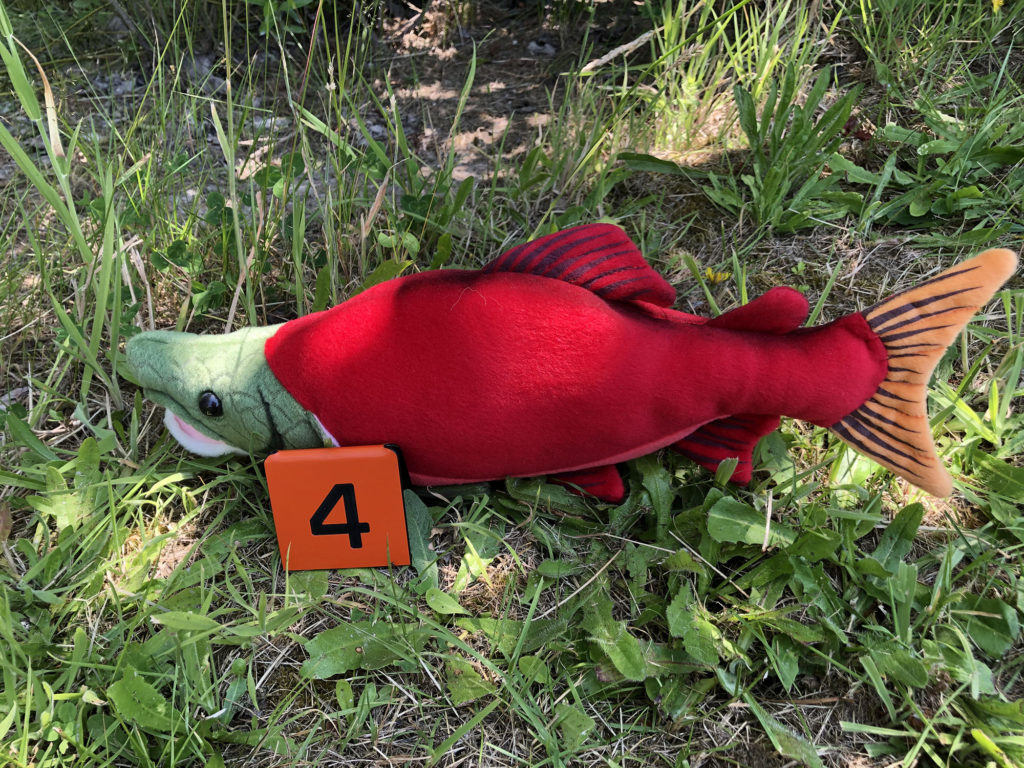
Conservation Biology Objectives
-
Define conservation biology and natural capital.
-
Link stream order to photosynthesis.
-
Provide examples of threats to species and describe efforts to save species from extinction.
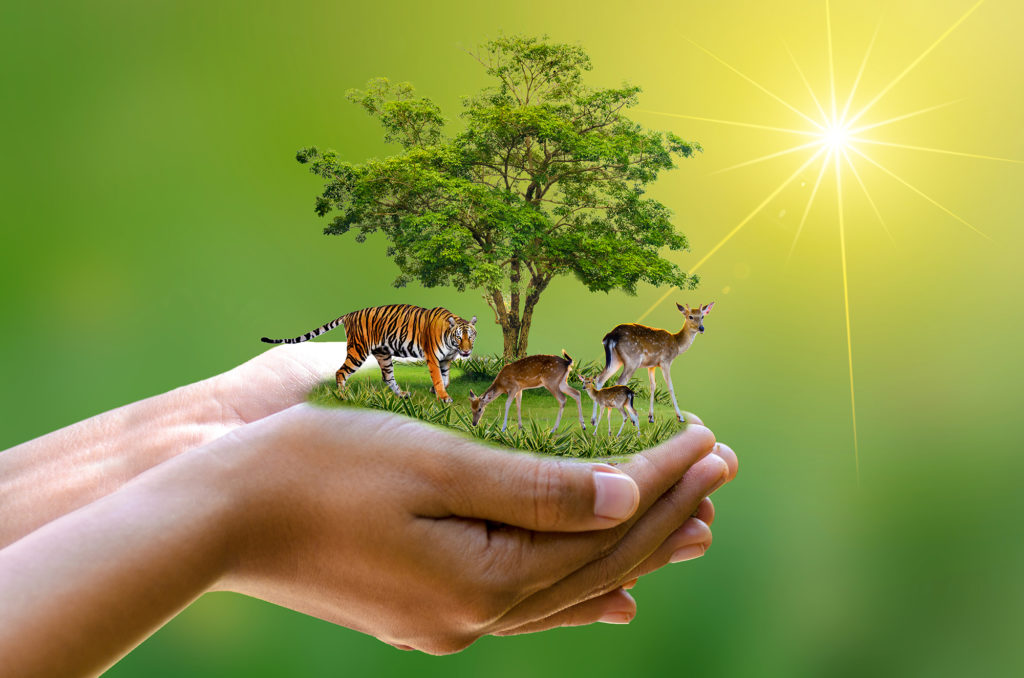
When we see conservation represented in advertising, it is often depicted as a human hand protecting large organisms and some habitat.
Conservation Biology is the study of biodiversity with the goal of protecting species and ecosystems.
This field integrates knowledge from several other fields and students in conservation biology may spend years gaining necessary knowledge and skills.

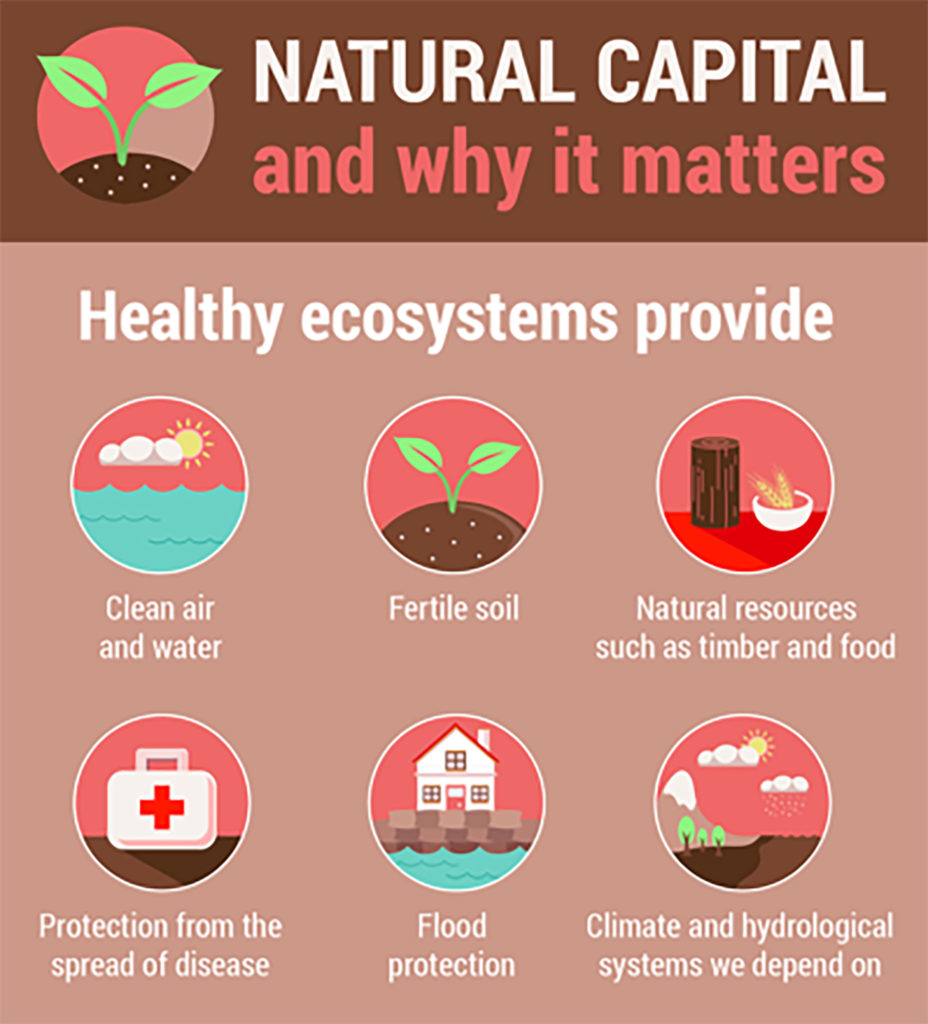
One of the considerations in decision making is whether a species and/or its ecosystem provides natural capital. This is indicating some value to humans.
Streams
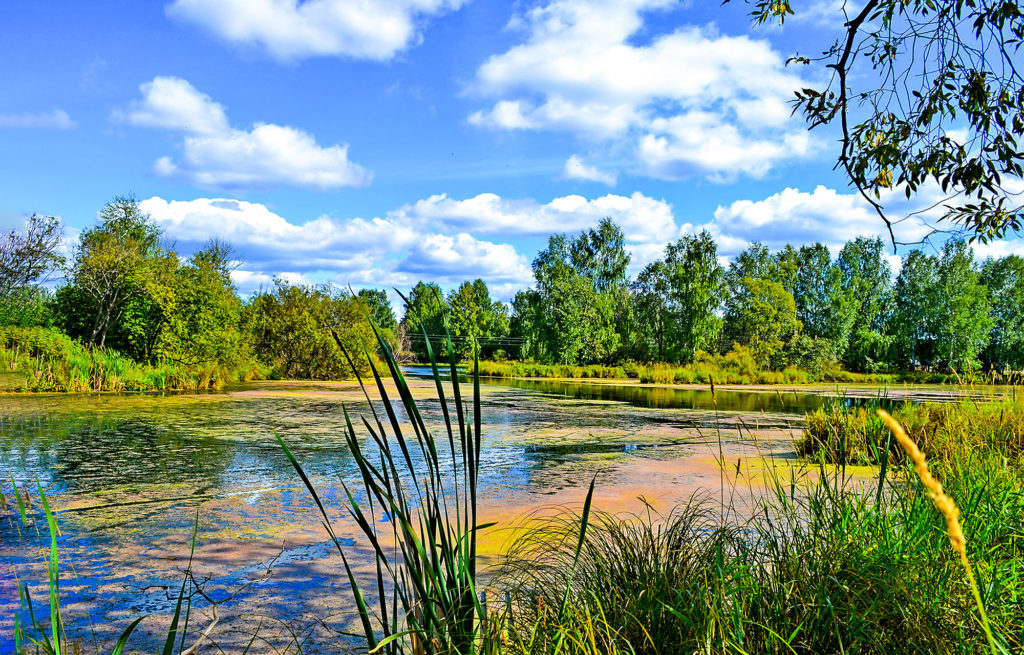
Streams have been heavily utilized by human cultures and are often discussed in terms of “natural capital.”
Streams have flowing water moving from one point to another, typically downhill towards larger streams, and eventually the ocean.
Streams are classified based on their size using a numbering system. The smallest are stream order #1, barely a trickle of water.
If you look at the figure below, you may notice some unusual addition. It starts fine: when a stream order 1 combines with another stream order 1, it creates stream order 2. 1 + 1 = 2, yes that looks correct.
But, a stream order 2 does not change when a stream order 1 is added to it. If a stream order 2 combines with another stream order 2, it creates stream order 3. So 2 + 2 = 3. The reason is that it takes big increases in water (magnitude increases) to result in a significantly different stream. Two similar-sized streams have to come together to create the next order.
To see whether this makes sense, what has to be added to stream order 3 to make it stream order 4?

Adding a stream order 3 to another stream order 3 would result in stream order 4. 3 + 3 = 4
Here is an example of a third-order stream. It has shallow areas and some areas are shaded by trees.
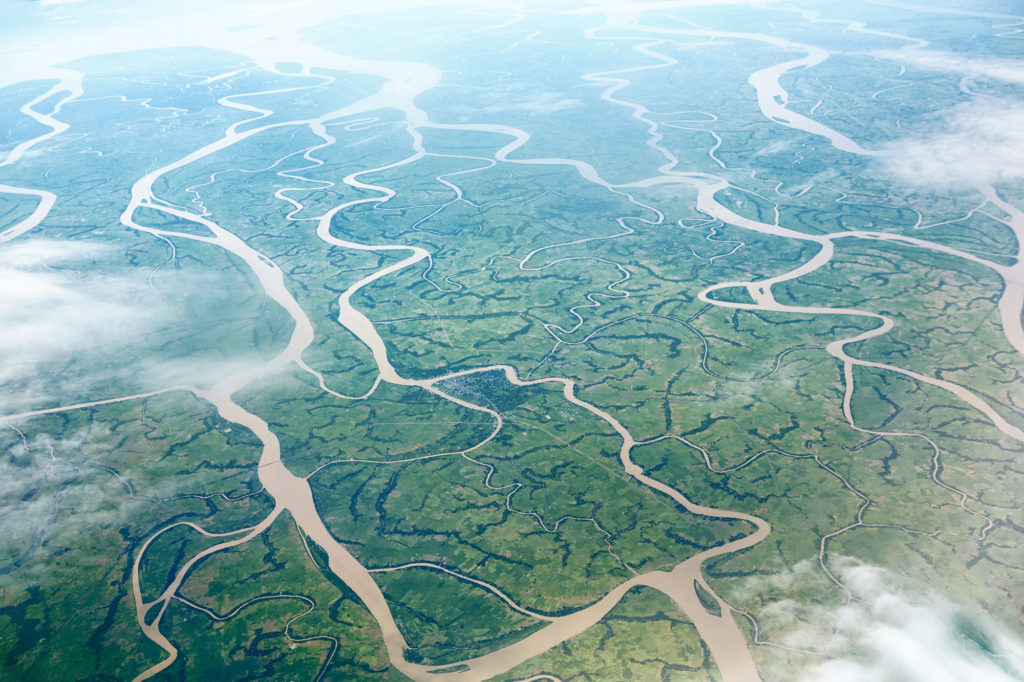
Stream order has an impact on how much photosynthesis occurs within the stream.
Smaller streams are heavily impacted by the riparian zone, the terrestrial area bordering a stream.
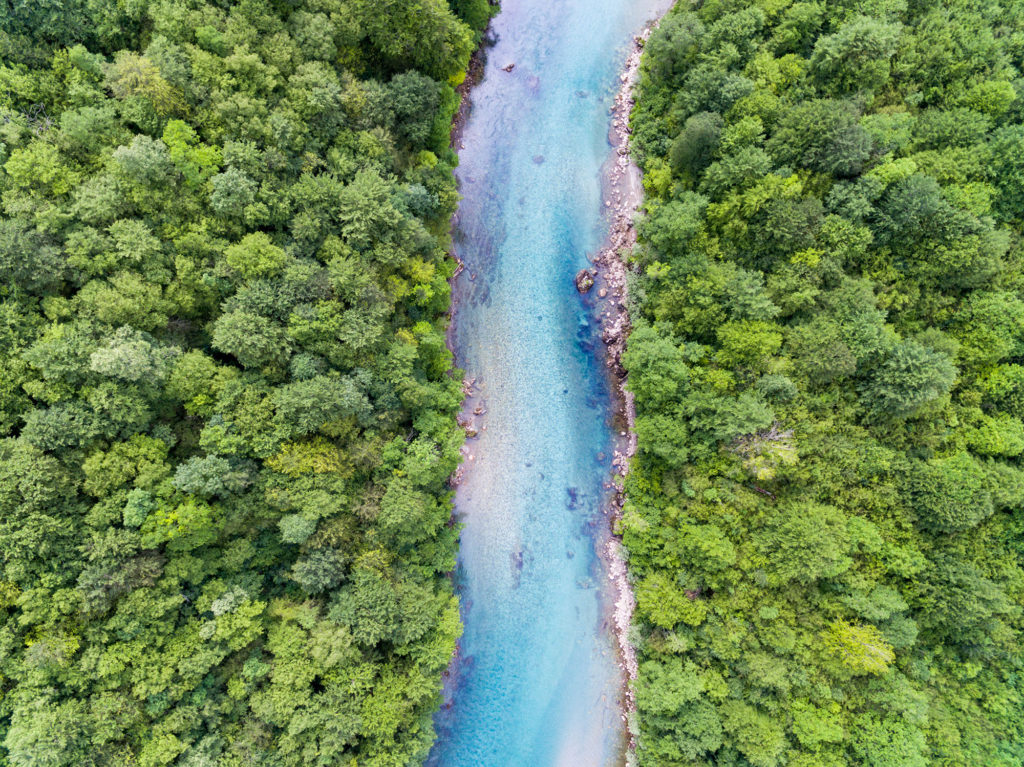
In this video, note the wide variety of plants surrounding the stream and think about how they may impact organisms within the stream.
The smallest streams (orders 1, 2, 3) have plenty of nutrients from the riparian zone (dirt, leaves, branches), but lower sunlight since plants are shading the water. Photosynthesis within the stream is low. There are organisms in the water that eat detritus like branches and leaves, so respiration is high.
In middle-order streams (orders 4, 5, 6), light reaches the bottom and photosynthesis is high.

In large streams (orders 7, 8, 9 +), the water is deep and clouded with sediment washing in from upstream. Photosynthesis is low, although there are still many organisms respiring, living off food coming from the productive upstream orders.

Species Conservation
Attention is usually placed on large-bodied animals. Recently increased emphasis has been placed on the keystone species that have large ecosystem impacts even if relatively low in number and biomass.

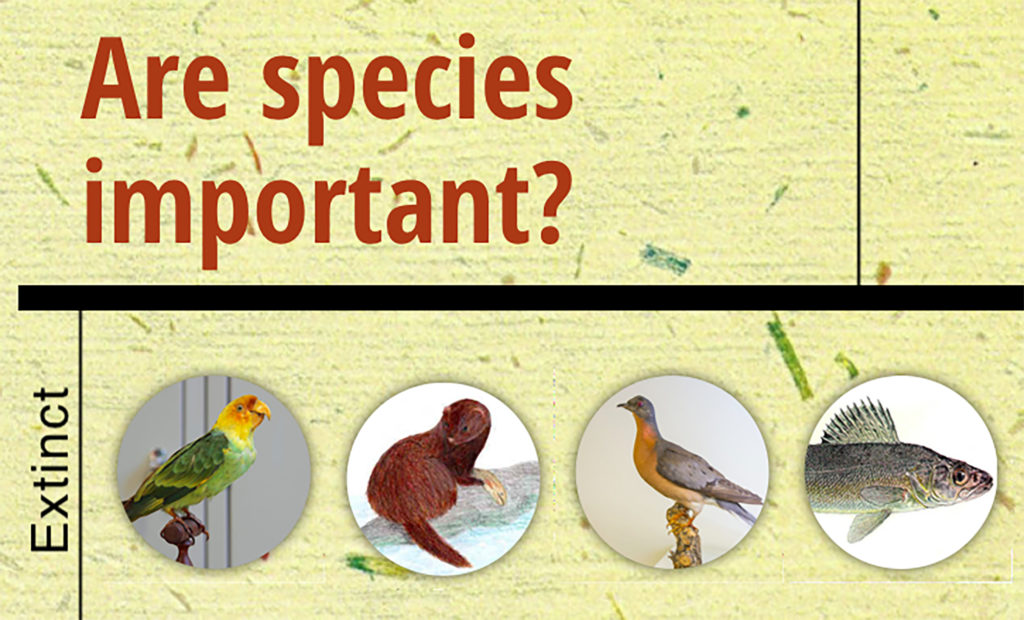
Do species matter even if the are not large, have a significant impact on other species, or have value to us humans?
This is a question that draws on knowledge from multiple fields of study.
So you can weigh your own thoughts, below are examples of species facing extinction. You will have a chance to write out your thoughts in the next journal assignment.
These are examples of threats that can drive species to extinction:

Habitat Loss
The primary threat to species is habitat loss. Plovers need places to safely lay their eggs, and roping off those areas has increased their population size from historically low levels.
Invasive Species
Introduced species like feral (“wild”) cats brought to Australia can threatened relatively defenseless animals like the rufous-hare wallaby.


Excessive Hunting
Excessive hunting of prairie dogs almost drove one of their predators, the black-footed ferret to extinction. They are being brought back to protected ranch lands.
Pollution
DDT, a pesticide, accumulated in food webs and made bird eggs fragile. Eagles dropped in number as parents sat on and crushed their eggs. DDT is still produced, but banned for use in the U.S.

These are a few examples of efforts to save endangered species

Maintain Habitat
Habitat can be preserved, but this is challenging when you have species like ocean-going salmon that use many small rivers as part of their reproductive cycle.
Anadromous salmon spend part of their lives in frehwater rivers and part of their lives in the ocean. Saving salmon means managing incredibly diverse habitats.
Monitoring
Individual organisms of a highly endangered species on the brink of extinction can be monitored. Florida panthers can be hit by cars and may need emergency veterinary assistance.


Breeding Programs
Breeding programs of culturally significant species like the whooping crane can be elaborate and expensive. The birds have to be trained by humans to eat, fly, and migrate, without imprinting on humans instead of fellow birds.
Education
Possibly the most successful, but subtle solution is educating people about species and ecosystems. Popular fiction and movies reflects the impact these efforts have had.

Start this Guide’s second journal assignment here
Journal Page #10: Endangered Species Reflection
Earlier on this page, you were asked to consider this question: Do species matter even if they are not large, have a significant impact on other species, or have value to humans? So, for example, does it matter if a particular snail or microorganism goes extinct?
This is a question that draws on knowledge from multiple fields, your own personal experiences and values.
For this journal page, you are writing your thoughts in response to this question. You can sketch, write creatively, or use other techniques in this reflection. In other words, your journal page could be a “stream of consciousness” of ideas that come to mind.
Your grade will be based on whether you answer the question and provide a rationale for your response. There is no “correct” response, points will be deducted if the response is not substantial.
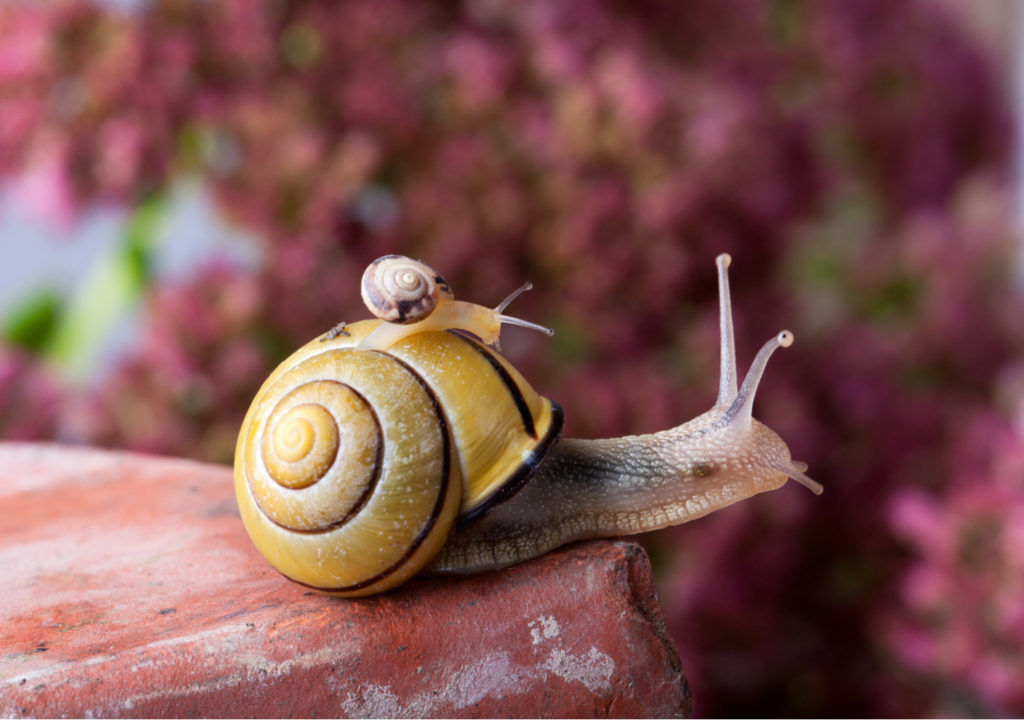
This is the end of the Freshwater Guide. Once you have checked your knowledge, move on to the product page.
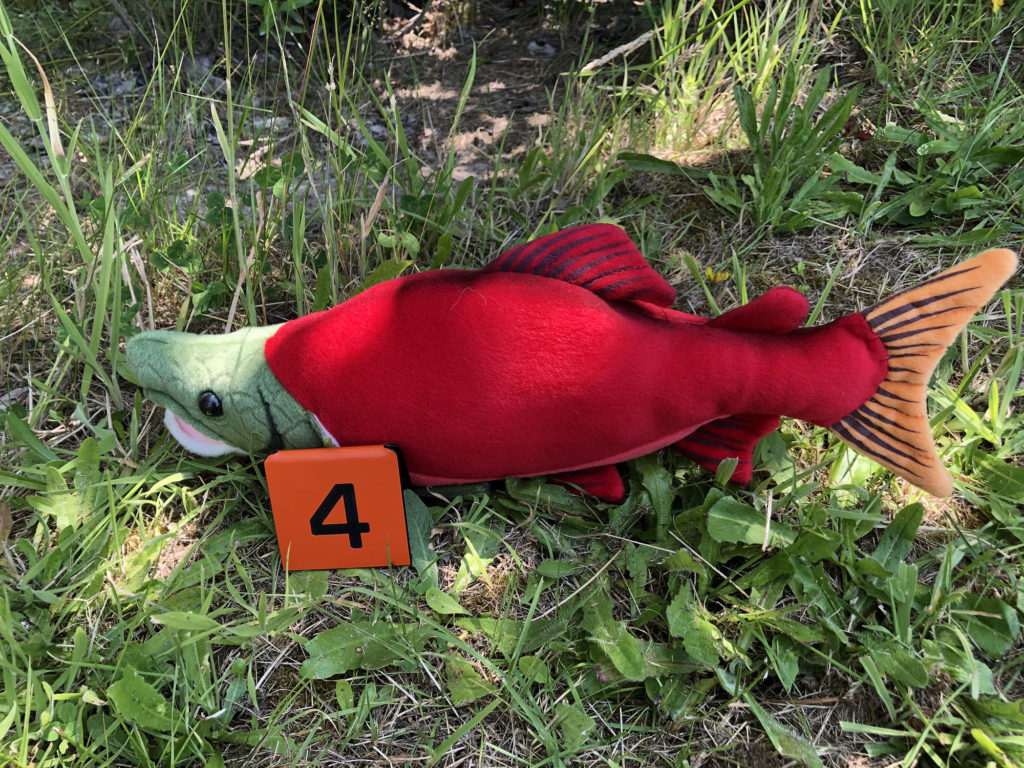
Check your knowledge. Can you:
-
define conservation biology and natural capital?
-
link stream order to photosynthesis?
-
provide examples of threats to species and describe efforts to save species from extinction?



